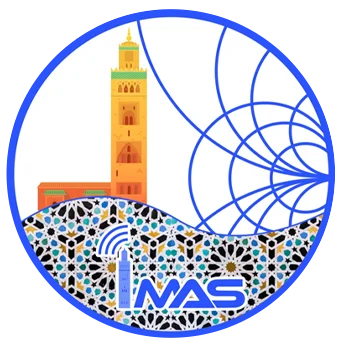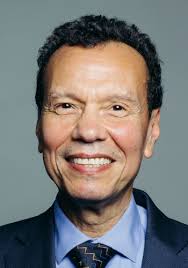- International Microwave & Antennas Symposium (IMAS 2024) October 21-24, 2024 I Marrakech, Morocco

Classical computers are based on the binary coding of digital data. The binary codes are processed by applying Boolean algebra using digital electrical circuits known as logic gates. The latter are simple configurations of transistors and other circuit elements (resistors, capacitors, etc.). The operation of the logic gates is governed by the Circuit Theory, which is a simplified form of the Classical Electromagnetics.
In the sixties of last century, an observation has been made, which is nowadays known as “Moor’s Law”. It predicts a doubling in the number of components (mainly transistors) in an integrated circuit every two years. Based on that, molecular-scale transistor size has been forecasted (state-of-the-art transistors can be as small as few atoms), which must lead to invalidate the Circuit Theory as a mathematical tool for describing the performance of the logic gates. This has motivated a number of scientists in the early eighties of last century to think about replacing these classical-computer building blocks by what is called Quantum Gates. The operation of the latter is fully governed by the laws of Quantum Mechanics. Computers whose building blocks are quantum gates are called Quantum Computers.
As the classical laws (of either mechanics or electromagnetics) are a limiting case of the more com-prehensive quantum ones, it has become evident that quantum computers can implement algorithms that are not available in their classical counterparts. This has encouraged scientists to develop such algorithms and research and development facilities to find and build corresponding hardware realizations. Prominent examples are the hardware developed by IBM and Google.
Most of the approaches used for explaining quantum computing rely on the highly academic concepts of Quantum Mechanics. Used terminologies are not easily understandable by the majority of interested audience, who just have only general knowledge about the subject. In some cases, the ex-aggerated perception is gained, that this “magic thing” is capable of solving all computationally based problems much more efficient and much faster than the classical computer.
In this talk just graduate-level mathematical tools and terminologies are used to explain the concepts underlying quantum computing and the functions of the corresponding hardware—The Quantum Computer. The main differences between classical and quantum mechanics will be concisely re-viewed. Quantum dynamic variables like position and momentum in mechanical systems as well as voltage and current in electrical circuits are shown to behave as random rather than deterministic signals, whose attributes can be used to carry information. It will also be demonstrated that these random signals can be stored and processed in what is called Qubits. The latter are the quantum counterpart of the classical Bits. The hardware realization of qubits in form of superconducting circuits—the Transmons—will be explained. Other realizations of qubits, such as trapped ions and quantum dots, will not be considered.

